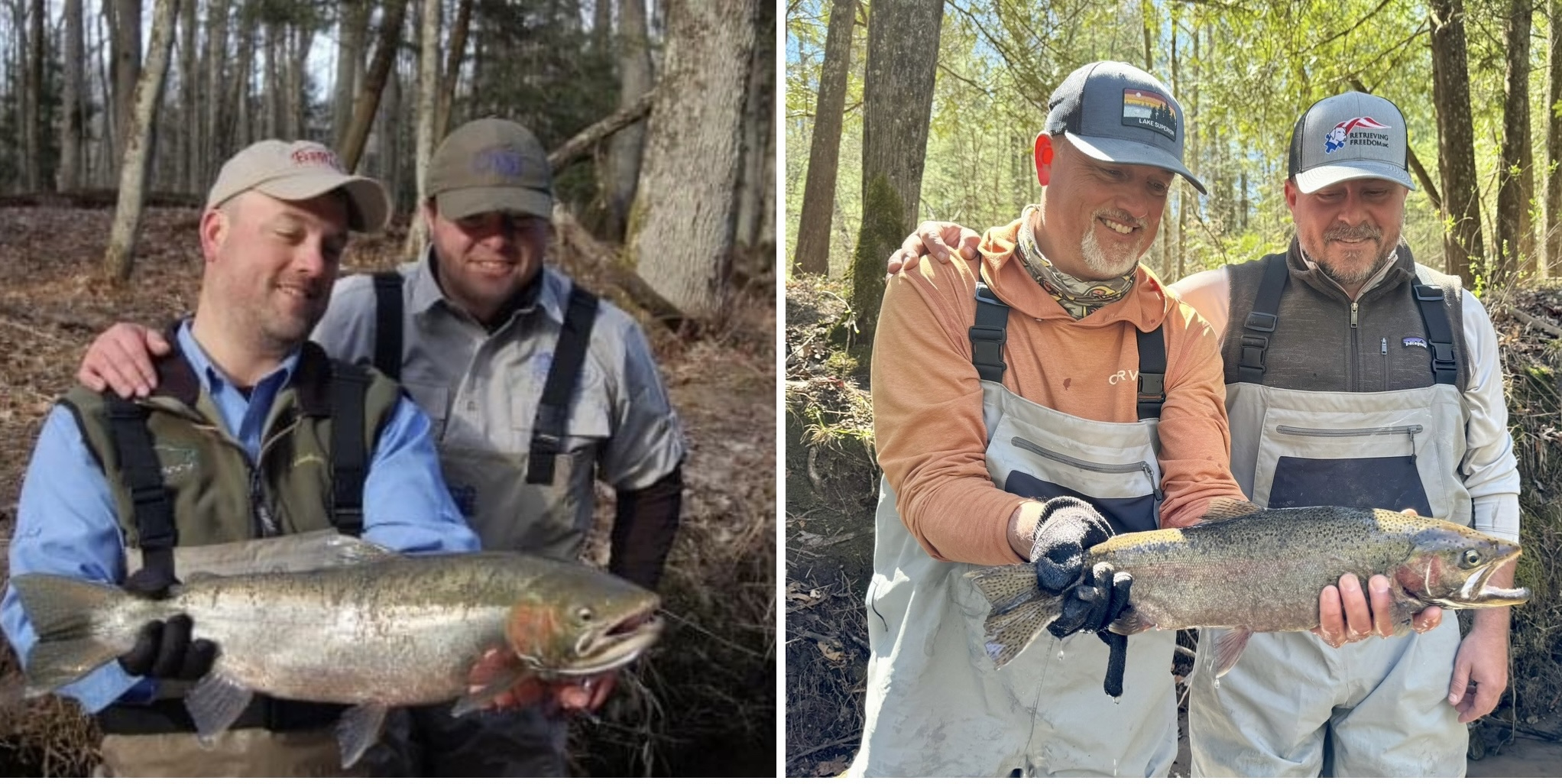For a long time, I hunted waterfowl on public land close to home. A twenty-minute drive at O-dark thirty to Eagle Bluffs Conservation Area would give me an opportunity to stand in a dank basement pressed shoulder to shoulder with other, sometimes odiferous hunters, waiting to draw a numbered pill from a box. Draw a good number and you get to select a location from too few available spots somewhere on the marsh. Draw a bad number and you go home. Such was the system for many years at state-owned wetlands across Missouri.
Eventually things changed and improved. The old house at Eagle Bluffs is long gone replaced with a nice, hunter friendly building. And the poor-line would be somewhat replaced by on-line technology known as Quickdraw. Sidenote – some duck hunters will argue Quickdraw was not an improvement but is rather a reoccurring source of darkness and torment, but that’s a story for another day. However, even with its challenges, some of the better duck hunting in the state can be found on these 15 well managed wetlands. Each governed by their own norms and rules.
To prevent mayhem in the marsh, there are limits on where you can hunt and your party size. Most hunting pools are designated and there is a maximum number of hunters per party. There are also other secrets and traditions unique to each area that will be slowly revealed to you with enough time and if you pay your dues.
Folks who hunt these public lands often have a few things in common. Their time is scarce and finding decent places to hunt is often difficult. And they are willing to endure extra rules and one another. Those who regularly hunt public waterfowl areas are also a bit of sub-culture with their own methods, language, attitudes, and behaviors. They are often fairly competitive and their expectations have been shaped as much by their commonalities as their hunting environment.
They’ve become used to hunting in tight quarters with people that call too much or too poorly. Shoot too much or too soon. Or steal opportunity from other hunters sharing the marsh through the time-honored tradition of sky busting. To gain an edge, they add technology and robotics to the mix – spinners, swimmers, kickers, flashers, squirters. Each morning there is a race to get setup. The old pros will be a model of efficiency getting to the parking areas to unload and launch, while the unfamiliar and newcomers will test everyone’s patience.
For some, there’s an intensity and they measure their success accordingly. Research and pick a good spot. Get setup before shooting time. Overcome the challenges common to a public land hunt. Out-compete the other hunters. Share time with friends. For some, the best outcome will be a limit before the ducks seek safety in the refuge. And for the luckiest of the lucky it’ll be “four-man by seven,” a claim overheard one early season day at Fountain Grove Conservation Area. Translation: four people got their limit by 7:00 a.m.
So, for those that hunt ducks on public lands, enduring obstacles extraordinaire not counting weather. Who plunge into a dark cold marsh filled with mystery and uncertainty, lugging decoys, batteries, dogs, shotguns, shells, beef jerky, coffee and cold PBJ sandwiches, I salute you! May your buddy’s reservation be legit, your draw pill number one, and may you experience four by seven, or eight, or nine, or sometime before the end of shooting time!
by Dan Zekor




